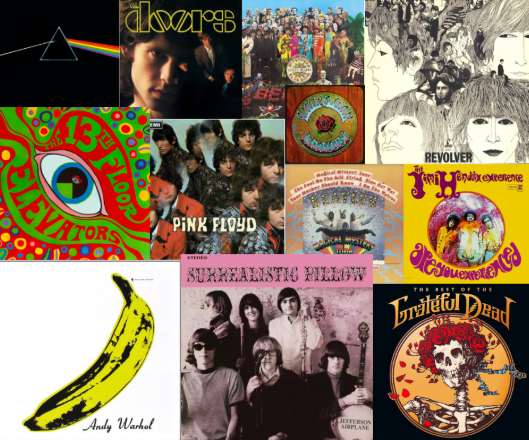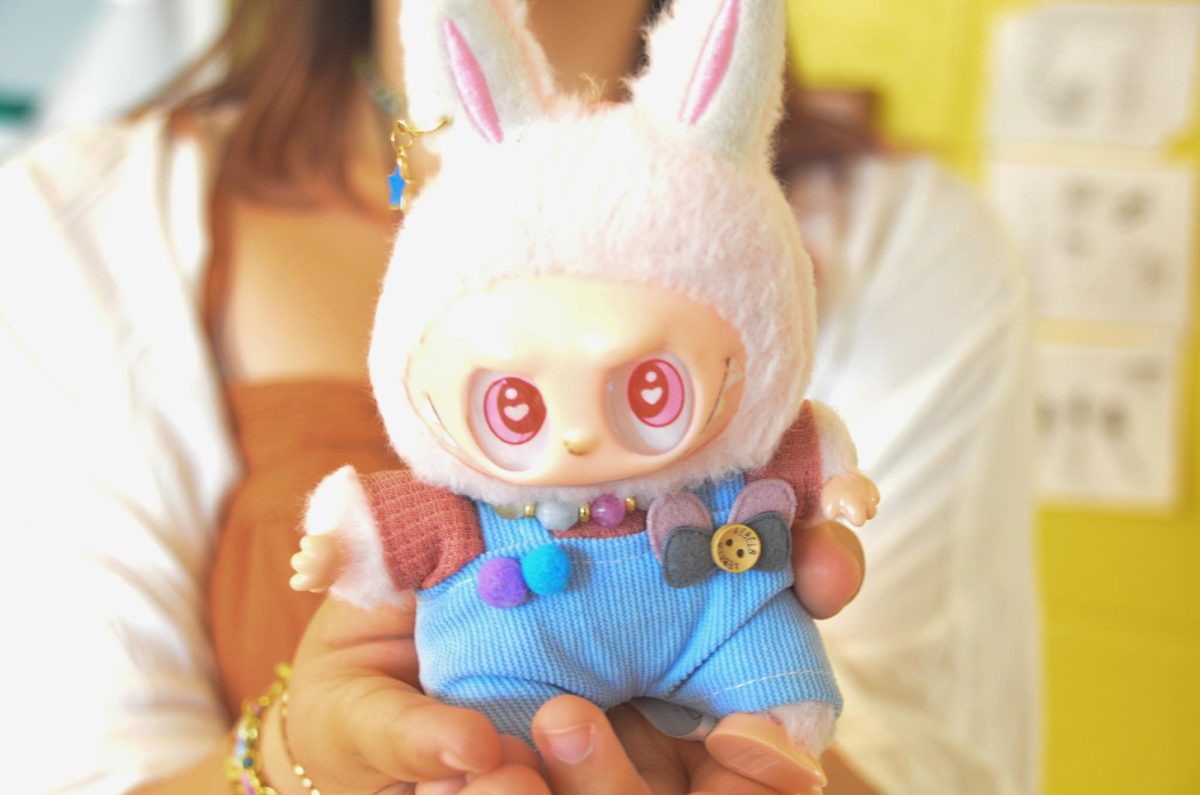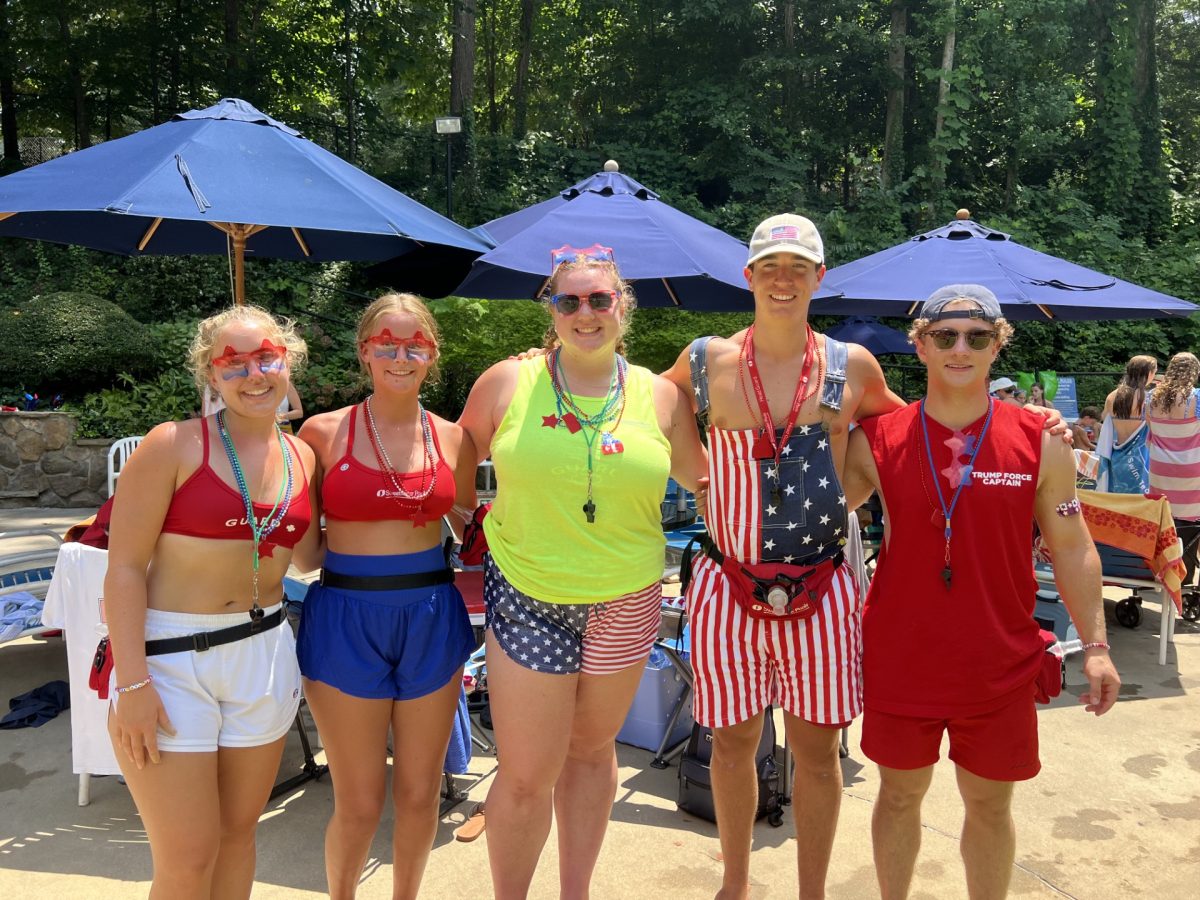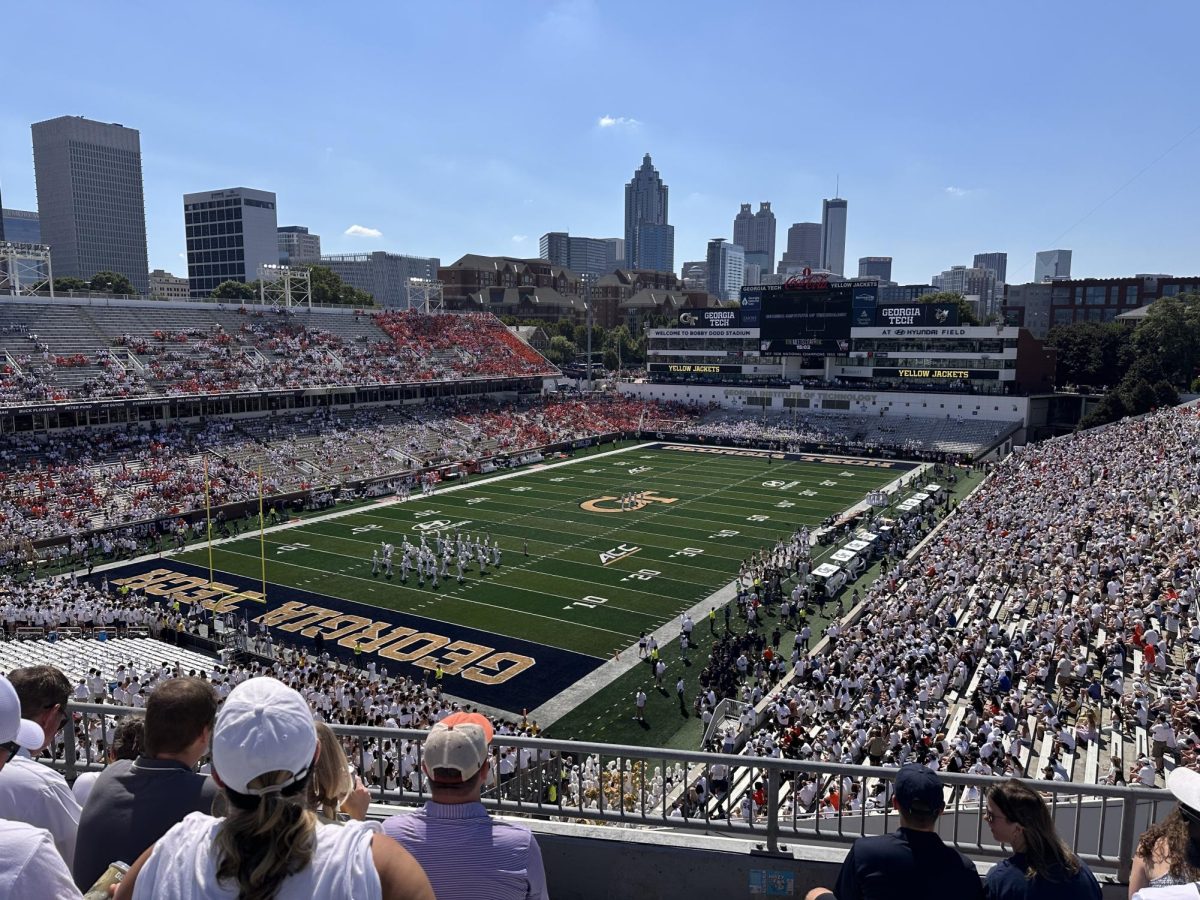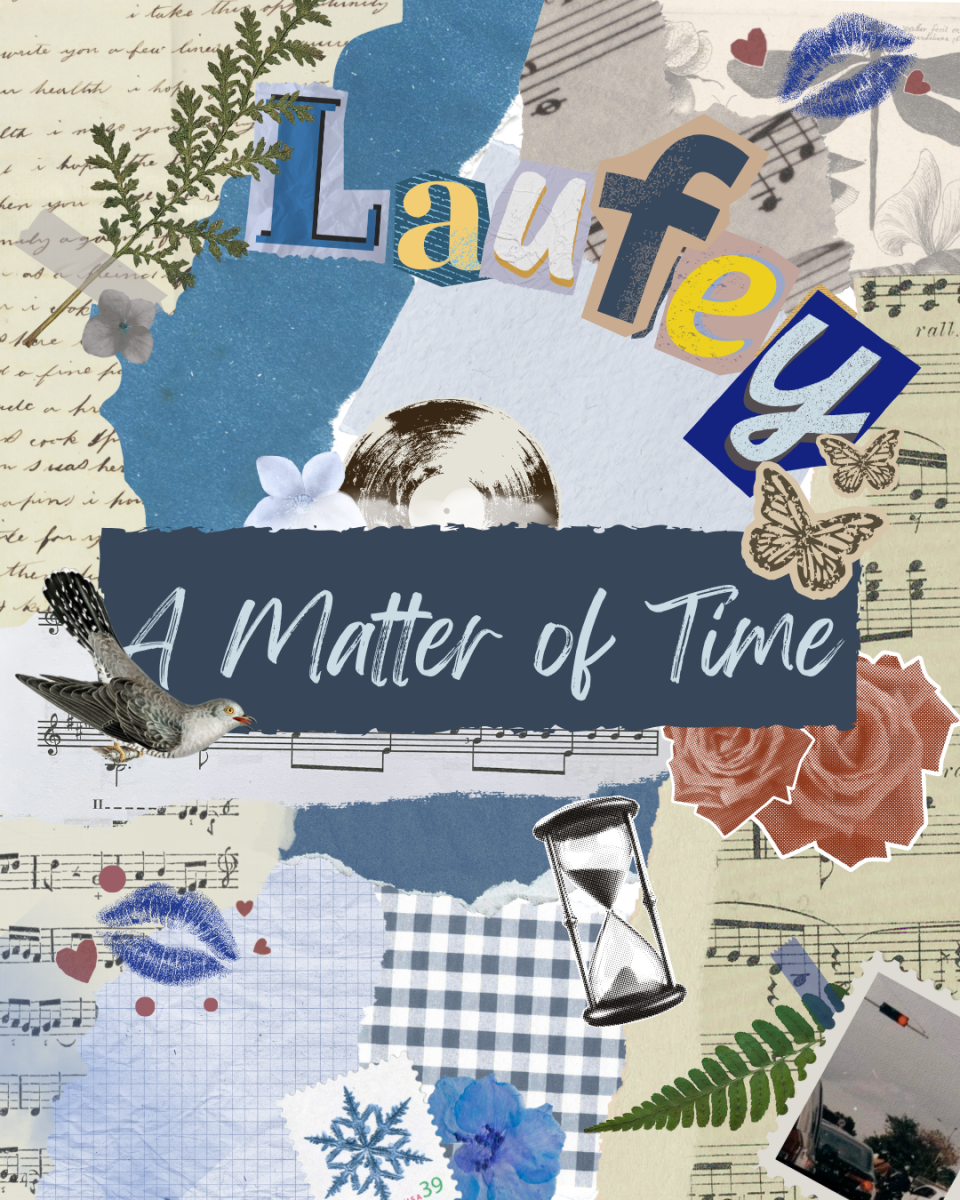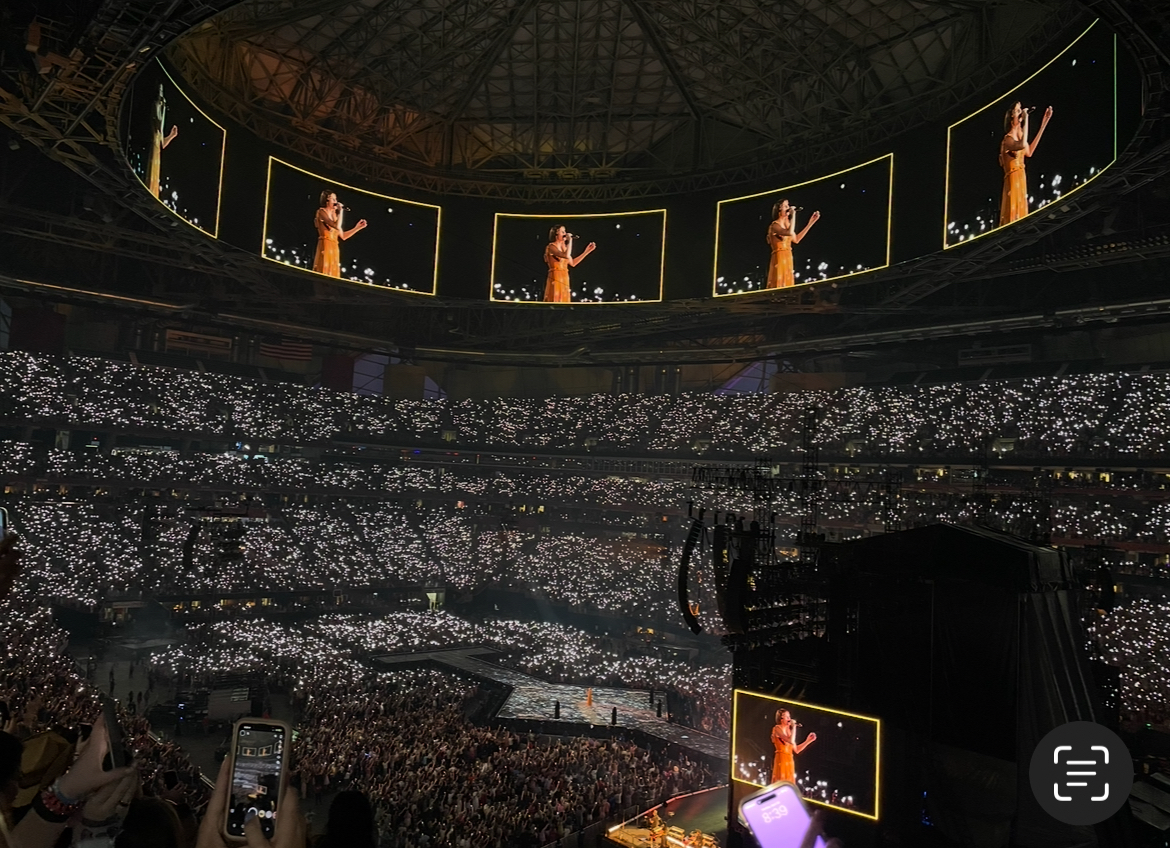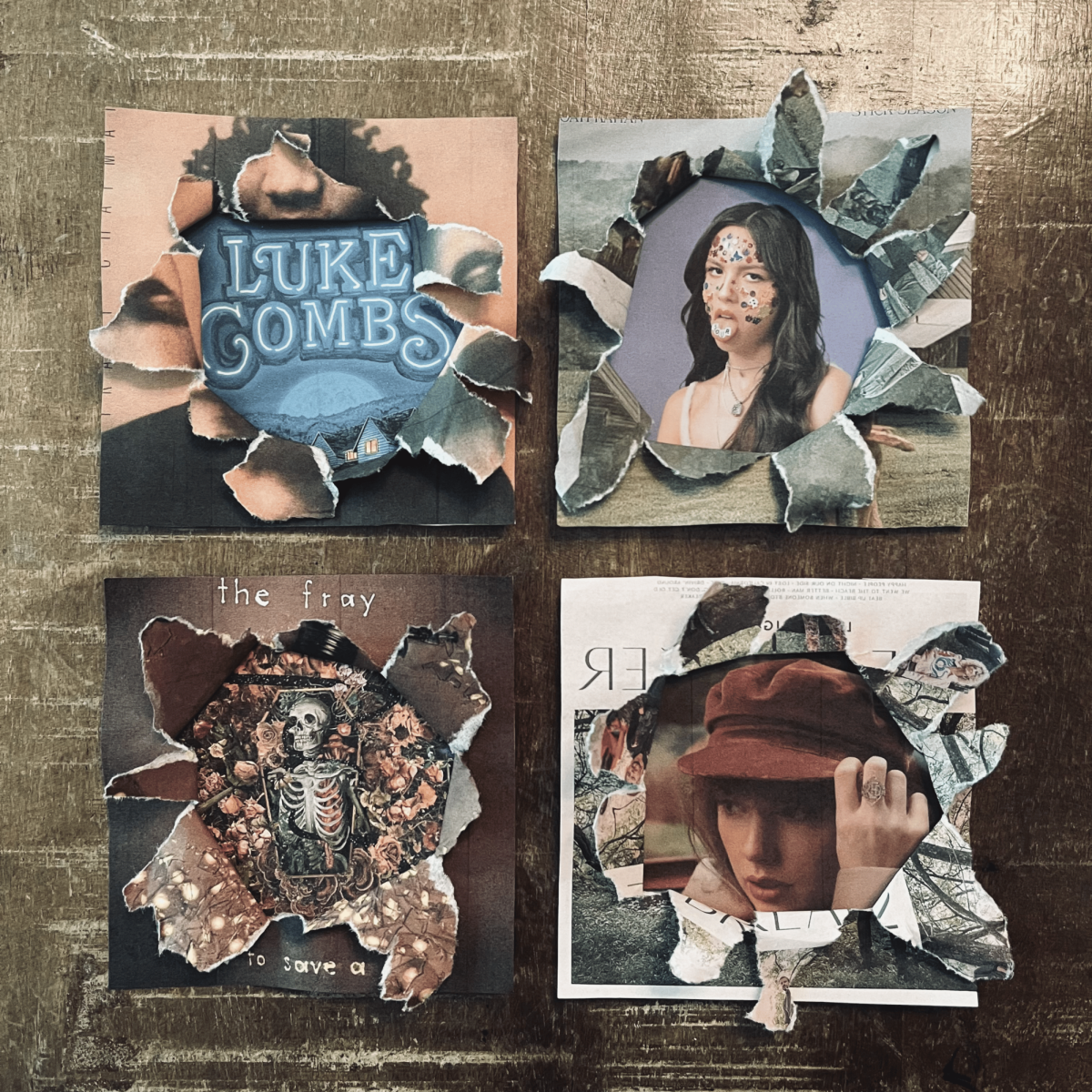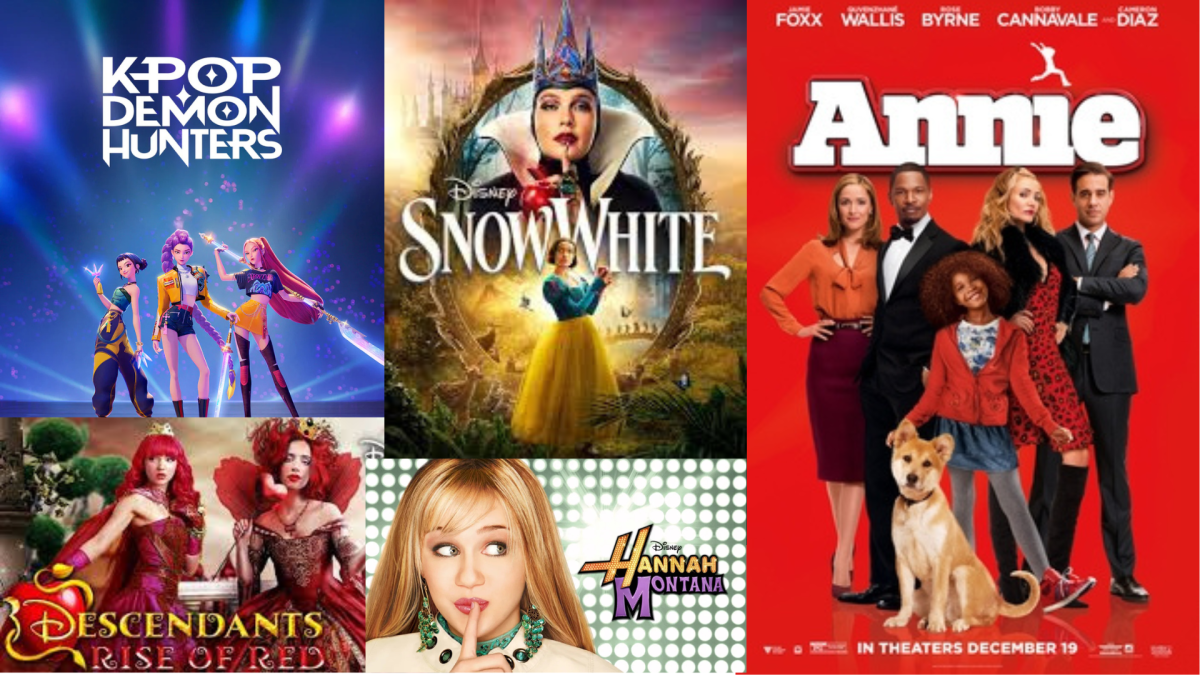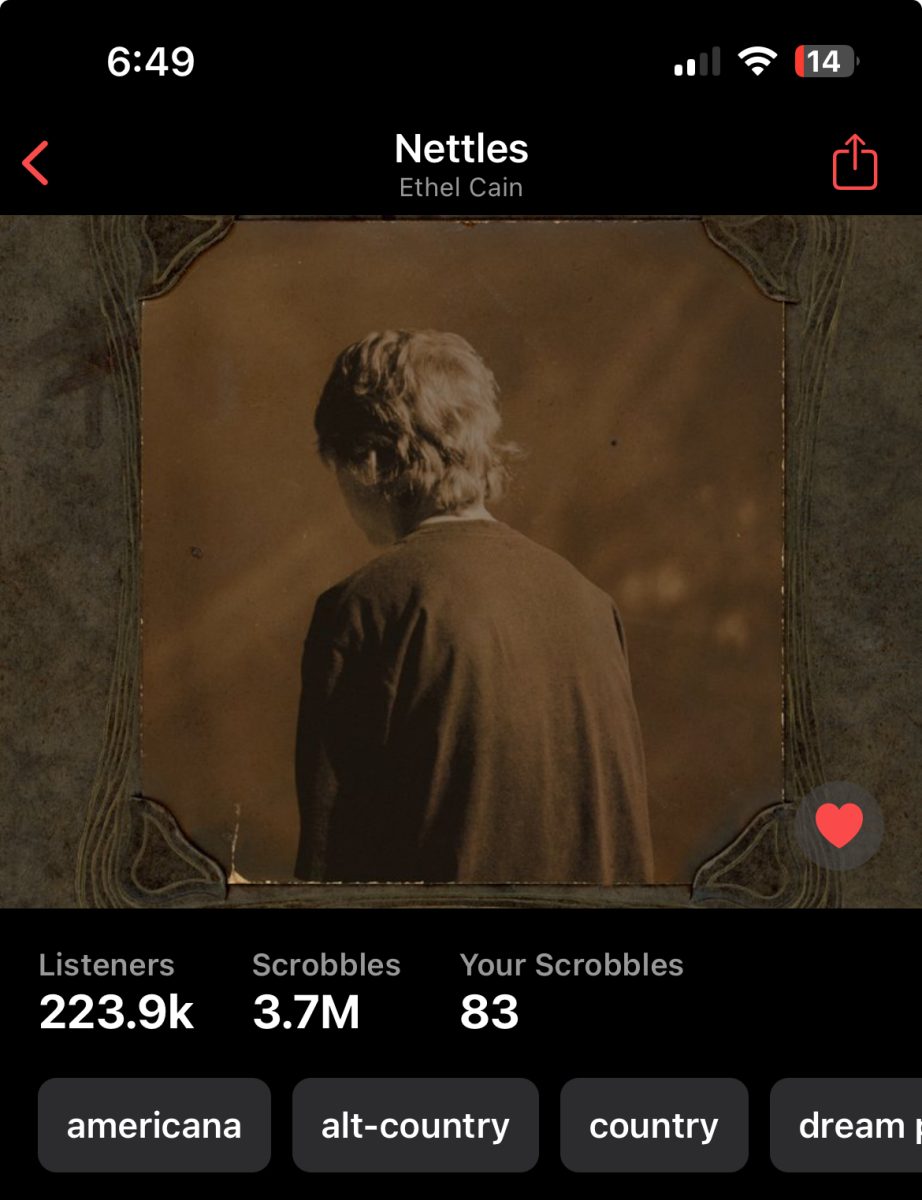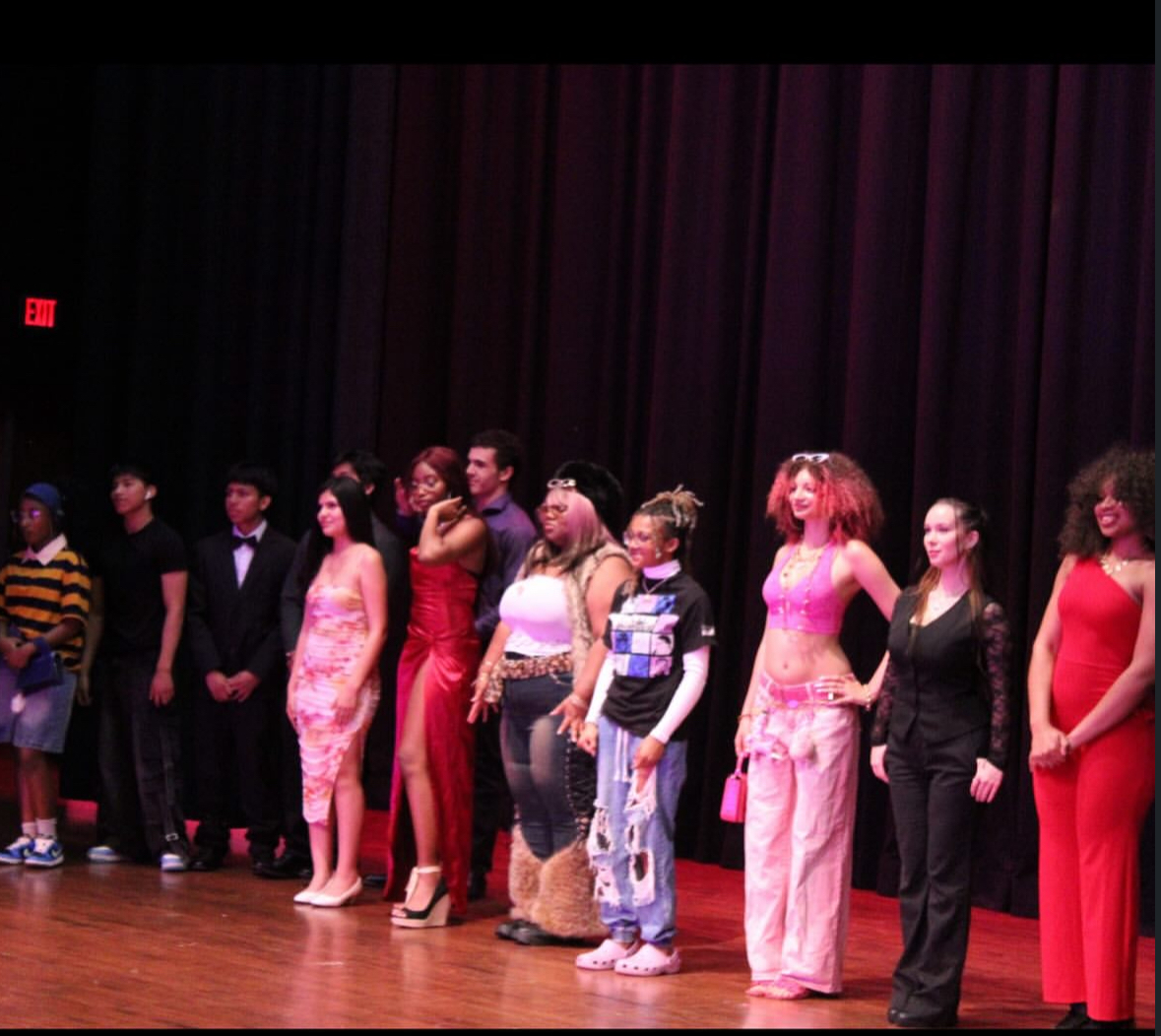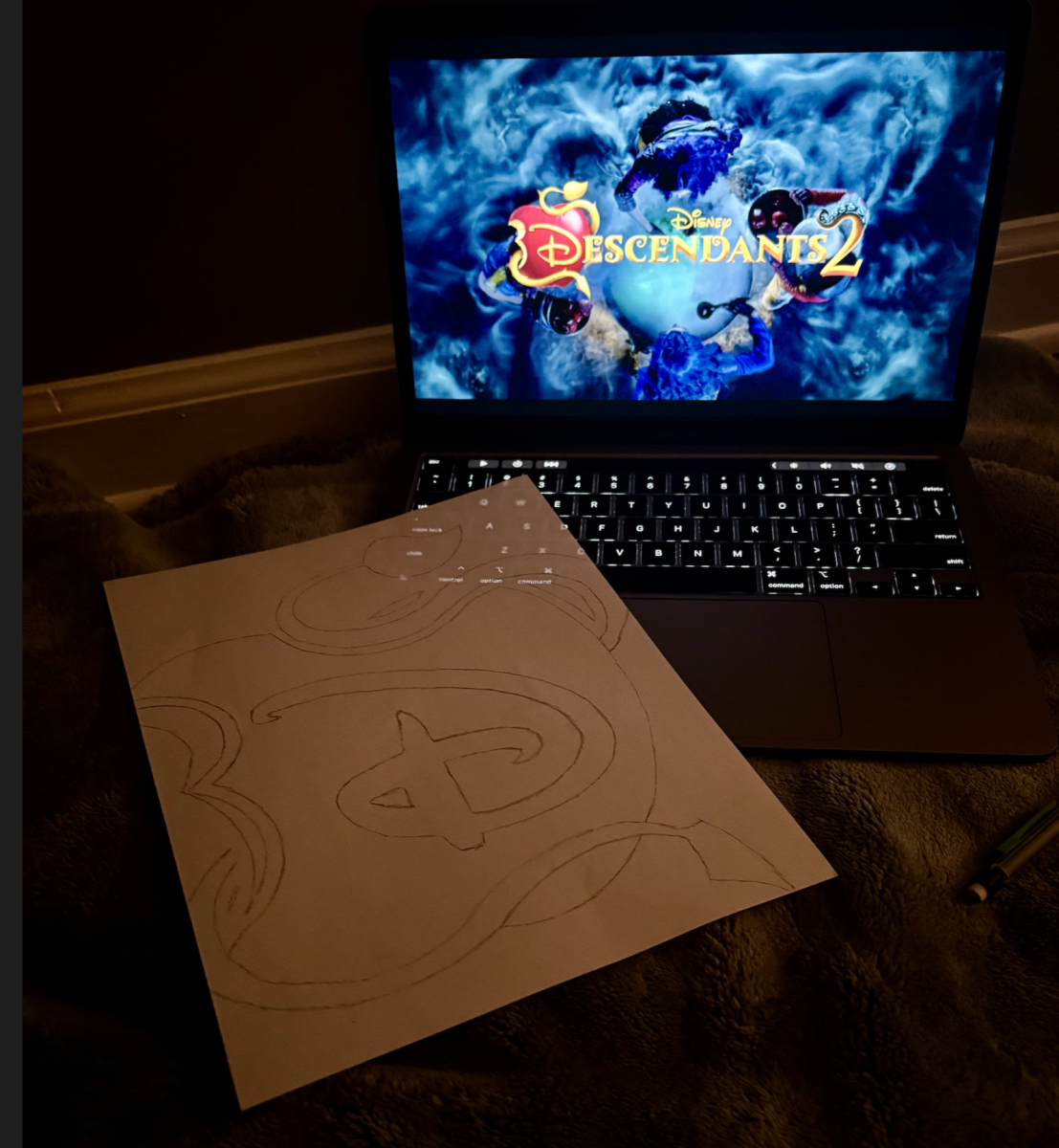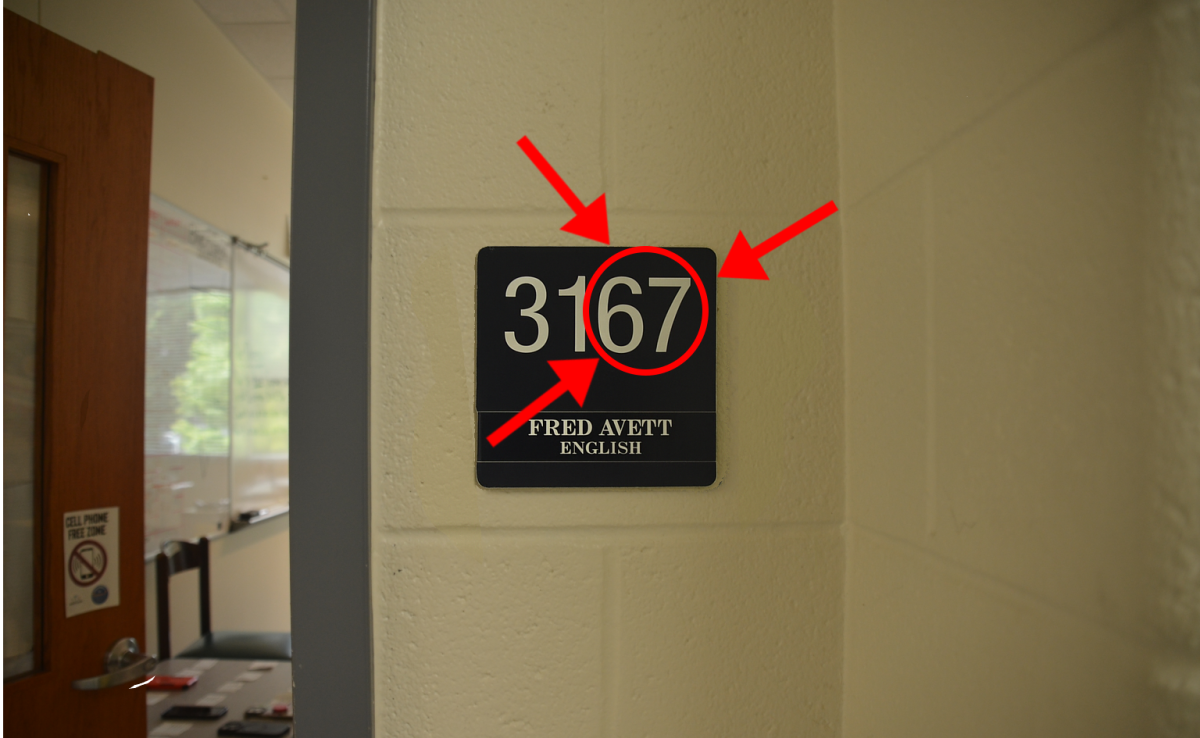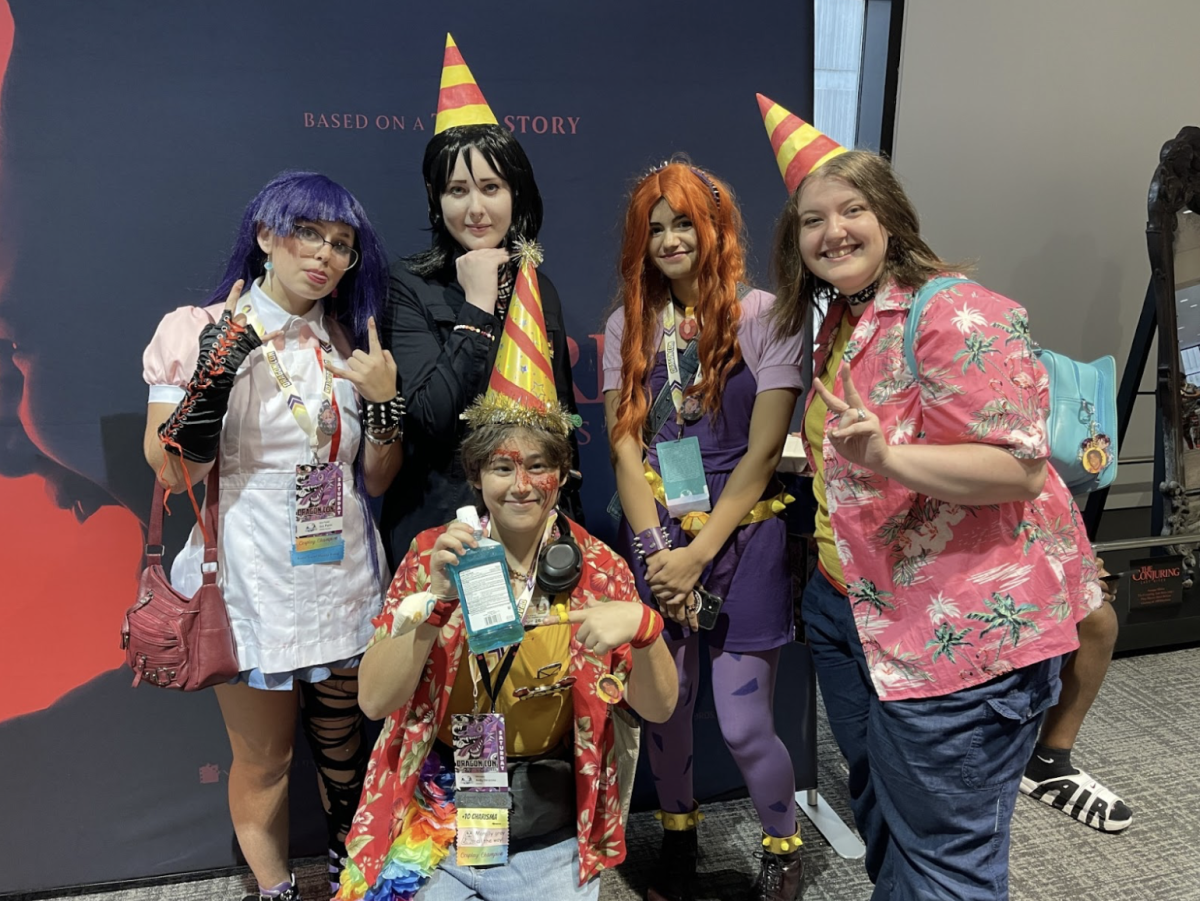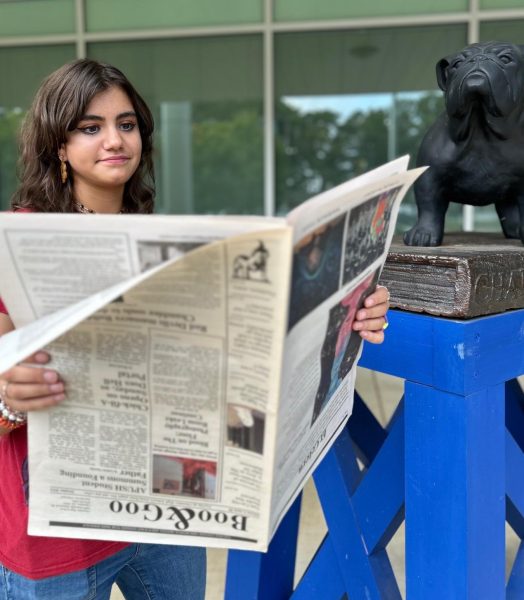History
The genre of psychedelic rock emerged in the 60’s out of the hippie movement. It started in California, the heart of the hippie movement, and soon became popular around the world (O’Brien). Like many music movements, it was used as political commentary, and like the hippie movement, it was used to reject mainstream society. The author of an article about the influence of psychedelic rock states, “By reacting to the events of their day and unique historical conditions using musical and lyrical strategies that were non-conformist, the psychedelic artists opened up new musical possibilities, particularly with respect to the traditionally expected and accepted form and function of songs.” Psychedelic rock was an important genre in breaking the traditional barrier in music and as a protest against political turmoil.
Psychedelic rock reached its peak in the late 60’s. During the musical festival Woodstock in 1969, thousands of people turned up to see musicians such as Jefferson Airplane, Janis Joplin, Jimi Hendrix, and the Grateful Dead. However, as the 70’s started, it saw a decline in popularity. This was due to hallucinogens, such as LSD being outlawed and more and more people disliking the hippie movement. Additionally, some of the biggest names in the genre passed away, such Jimi Hendrix and Jim Morrison, who both died in relation to their drug use in 1970. With the genre’s dying popularity, other bands moved on to new genres (MasterClass). As described by an article on Fiveable, the genre saw a resurgence in popularity in the 1980’s and influenced genres such as progressive rock, stoner rock, and heavy metal.
Characteristics of Psychedelic Rock
Psychedelic rock was used as a way to break traditional songwriting techniques. Musicians used abstract lyrics, new instruments, after effects in the studio, and changed traditional song structure. Despite this, there are various characteristics that differentiate psychedelic rock from other genres. Artists would use guitars with feedback along with effects pedals to achieve its sound and improvise their songs. It used studio effects like reverb, phasing, distortion, and reversed sound. Artists would include various instruments like the harpsichord and electronic organ, along with Indian instruments such as the sitar and tambura (Masterclass).
Psychedelic rock was also composed of various other characteristics not related to its sound. According to Fivable, this includes concerts having light shows and projections. Moreover, concert posters and album covers would use various bright colors and unique designs.
Some of the most notable artists in the genre include the Grateful Dead, Jefferson Airplane, Jimi Hendrix, Pink Floyd, and the Doors. Many of these names are still recognizable today for being important rock musicians. Other rock bands would also tap into the genre. The Beach Boys used psychedelic elements in Pet Sounds (1966). The Beatles are famous for Sergeant Pepper’s Lonely Hearts Club Band (1967) and Magical Mystery Tour (1967). These are some of the most important artists in the genre, but there are many amazing, smaller artists that have influenced the genre in their own unique ways.
The 13th Floor Elevators (1965 – 1969)
Although this band was from Houston and not the west coast, they were one of the earliest pioneers of the psychedelic rock genre. They are even credited with coining the term of the genre “psychedelic rock,” with their first album being called The Psychedelic Sounds of the 13th Floor Elevators (1966). Along with this album, they would only release two other albums together: Easter Everywhere (1967) and Bull of the Woods (1969). The Texas band mixed garage rock, strange lyrics, and new sounds. Their most popular song “You’re Gonna Miss Me,” received some success around the nation. The song has strong vocals and an upbeat and groovy guitar. The band split was marked by the lead singer, Roky Erikson’s, drug bust in 1969. He was sent to a mental hospital and was treated with shock therapy and strong drugs. Members of the band would occasionally get together to play in the 70’s, until another member’s death. Roky Erikson continues to make music (Spotify).
The Beatles (1960-1970)
The Beatles’ later years are noted for their huge step into psychedelic rock. Their psychedelic era, or at least music with psychedelic elements, can be marked with Revolver (1966), Sgt. Pepper’s Lonely Hearts Club Band (1967), Magical Mystery Tour (1967), and The White Album (1968). These albums received much popularity. While not all of the albums were explicitly psychedelic, they still included many psychedelic elements. Much of this can be seen with technical experimentation and pushing traditional song boundaries. For example, specific songs like “Tomorrow Never Knows” and “Strawberry Fields Forever” used tape manipulation. These albums had immense influence on not just psychedelic artists, but artists across genres (Spotify).
The Doors (1965-1973)
The Doors were one of the biggest bands of the late 1960’s. They formed in Venice, California with Jim Morrison as the lead singer. He was a poet and wrote many of the lyrics for the band. Many of the band’s songs used darker themes and always featured Ray Manzarek on electric piano. Their most famous song is “Light My Fire,” released on their first album The Doors (1967). In 1970, Morrison passed away and the band released a few more albums after him, including a poetry album made of Morrison’s old studio recordings (Spotify).
Pink Floyd (1965-2014)
Pink Floyd is one of the best examples of popular psychedelic rock. Many of their songs contained surreal lyrics and experimental sounds and their concerts featured light shows. Their first album The Piper at the Gates of Dawn (1967) was a huge success. The Dark Side of the Moon (1973) is also another great example of their psychedelic rock. It is a very significant rock album and went on to influence many artists after (SoundofLife).
Jimi Hendrix (1963-1970)
Jimi Hendrix’s first album Are You Experienced? (1967) is a master work of psychedelic rock. Jimi Hendrix experimented greatly with the guitar. He came up with many new techniques and ways of playing. His innovations in the guitar have greatly impacted artists today. His song “Purple Haze” is a psychedelic classic. Hendrix innovated various guitar techniques and was known for his long improvisations (SoundofLife).
Jefferson Airplane (1965-1973)
Jefferson Airplane made its name from San Francisco. Their album Surrealistic Pillow, just like its title, is very trippy. It is a staple in hippie music. Their most popular song is “White Rabbit,” which is inspired by Lewis Caroll’s Alice in Wonderland (SoundofLife).
Grateful Dead (1965-1995)
The Grateful Dead is an important psychedelic band that embodies many of its fundamentals. The band is known for its long, improvisational jams. Recordings of their live shows are sought after, as they feature the band’s unique improvisation at various shows (SoundofLife).
The Velvet Underground (1964-1996)
The Velvet Underground may not have been exactly psychedelic, but they were a large influence in the genre. Their music was very experimental. Their album The Velvet Underground & Nico (1967) is one of the most popular classic rock albums of all time. They were important influences on many rock and alternative genres (Spotify).
Psychedelic rock was an important genre that made up the counterculture movement of the 1960’s. It has greatly impacted today’s artists and there are many modern artists who have taken their own rendition on psychedelic rock. Some modern psychedelic rock artists include King Gizzard & The Lizard Wizards, Tame Impala, and The Black Angels (SoundofLife).

